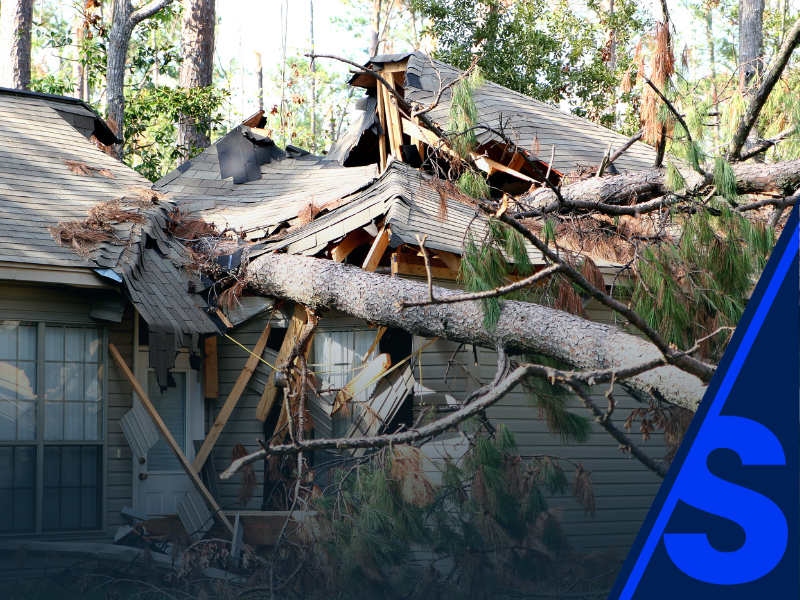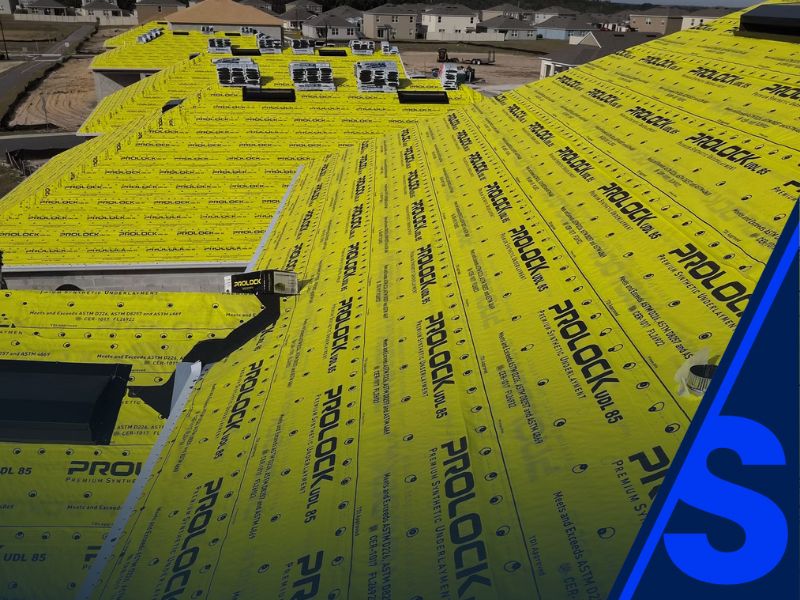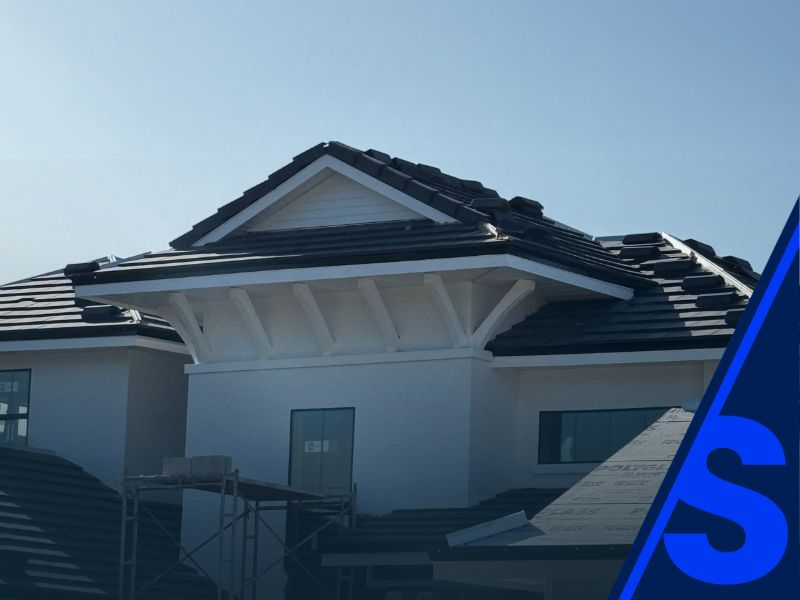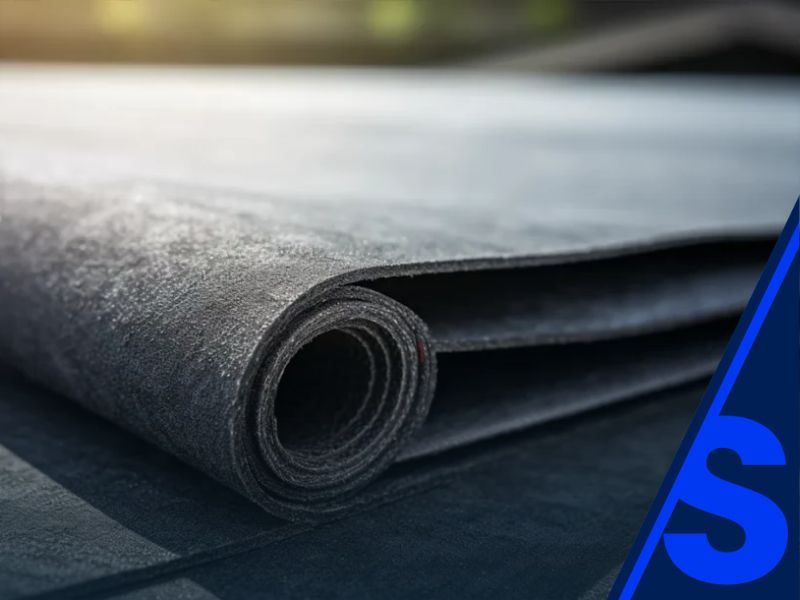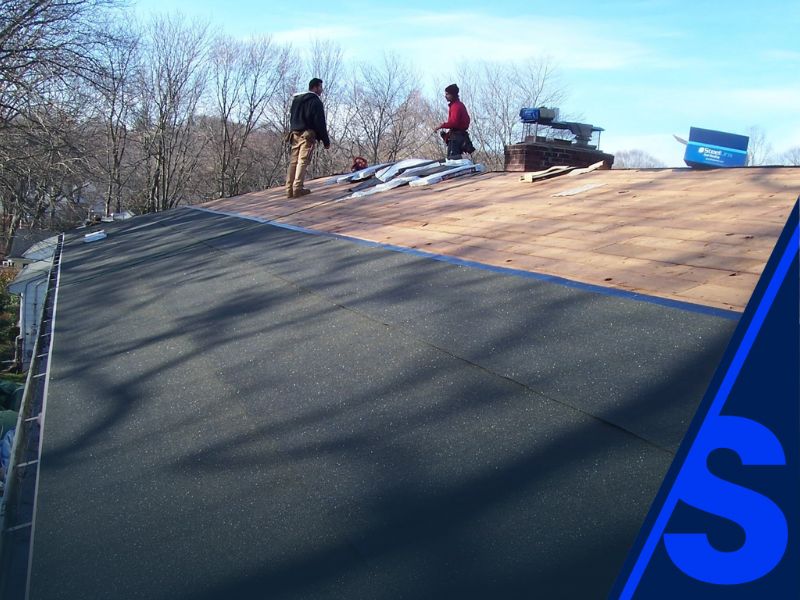Table of Contents
The best way for a homeowner to build a hurricane-resistant roof in Florida is to follow the Florida Building Code, choose durable roofing materials like metal, tile, or high-performance shingles, and ensure the roof deck is securely fastened with hurricane straps or clips. A hip roof design, secondary water barrier, and regular roof inspection help your home withstand hurricane-force winds and flying debris. By meeting or exceeding building code standards, you create a roofing system that can protect your home in Florida against high wind, torrential rain, and future storms.
What Makes a Roof Hurricane-Resistant?
A hurricane-resistant roof is more than just strong shingles. It’s a complete roofing system designed to withstand high wind speeds, torrential rain, and flying debris. In hurricane-prone areas like Central Florida, the roof structure is your home’s first line of defense.
The most important factor is how the roof framing and roof deck are fastened. A properly installed roof can withstand hurricane-force winds up to 150+ mph, depending on design. When reinforced with hurricane straps and clips, the roof structure stays securely fastened to the walls, reducing uplift.
Florida homeowners need peace of mind that their roof can handle hurricane season without major damage. That’s why choosing the right roofing options is critical for homes against hurricanes.
Why the Florida Building Code Matters for Roof Design
The Florida Building Code (and Florida’s building codes overall) sets strict standards for roof construction in hurricane zones. Local building codes require roofing materials and roof systems to meet wind resistance thresholds for high-velocity hurricane zones.
For example, in South Florida, building code standards demand stronger roofing solutions than in inland counties. Roof sheathing, roof edges, and roof covering all need to meet Florida Product Approval requirements.
Following the Florida Building Code ensures you build a home that can withstand hurricane-force winds. Ignoring these rules leads to failed inspections, unsafe roofing, and increased risk during storms.
Choosing the Right Roofing Material: Shingle, Tile, or Metal Roof?

One of the most important decisions is choosing the right roofing material. Each option has pros and cons for hurricane resistance:
- Shingle Roofing: Modern shingles rated for 130+ mph wind resistance are affordable and widely used. They require careful installation to reduce wind uplift.
- Tile Roofing (Concrete and Clay): Heavier tile roofs provide excellent wind resistance when securely fastened. Tile roofing is increasingly popular in Florida for luxury homes.
- Metal Roof: Metal roofing systems are durable, lightweight, and designed to withstand high winds. A properly installed metal roof often outperforms shingle and tile under hurricane-force winds.
The best roof depends on your budget, design preferences, and how much uplift resistance you need for your home in Florida.
Is a Hip Roof the Best Roof for Hurricane-Prone Areas?
Roof design plays a huge role in storm survival. A hip roof design is considered the best roof shape for hurricane resistance because wind flows over it more smoothly than on gable roofs.
- Hip Roofs: Sloped on all sides, providing less surface for wind to catch.
- Gable Roofs: More vulnerable to uplift and wind pressure.
Like hip roofs, other aerodynamic designs help a roof withstand high winds. Many insurance companies offer lower premiums for homeowners who invest in hip roof construction.
How Roof Decking and Fastening Improve Wind Resistance
The roof deck connects the roofing material to the roof structure. Strong decking, securely fastened with nails rather than staples, increases wind resistance and reduces the chance of wind uplift.
Builders often add adhesive underlayment or a secondary water barrier beneath the roof covering. This helps prevent water intrusion even if shingles or tiles blow off during a category 5 hurricane.
Roof framing connections are equally important. Every uplift force must be transferred down to the foundation to secure the roof.
The Role of Hurricane Straps, Clips, and Secure Connections
Hurricane straps, hurricane clips, and metal ties connect the roof trusses to the walls. Without them, strong wind speeds can literally lift the roof off a house.
A modern hurricane-proof roof relies on hundreds of these straps and fasteners, all securely fastened to the roof framing. Florida roofing contractors must ensure the roof is anchored to withstand hurricane-force winds.
When you secure your roof with these reinforcements, you protect your home and meet local building codes designed for hurricane-prone areas.
Roof Inspections: Ensuring Your Home Can Withstand the Next Storm
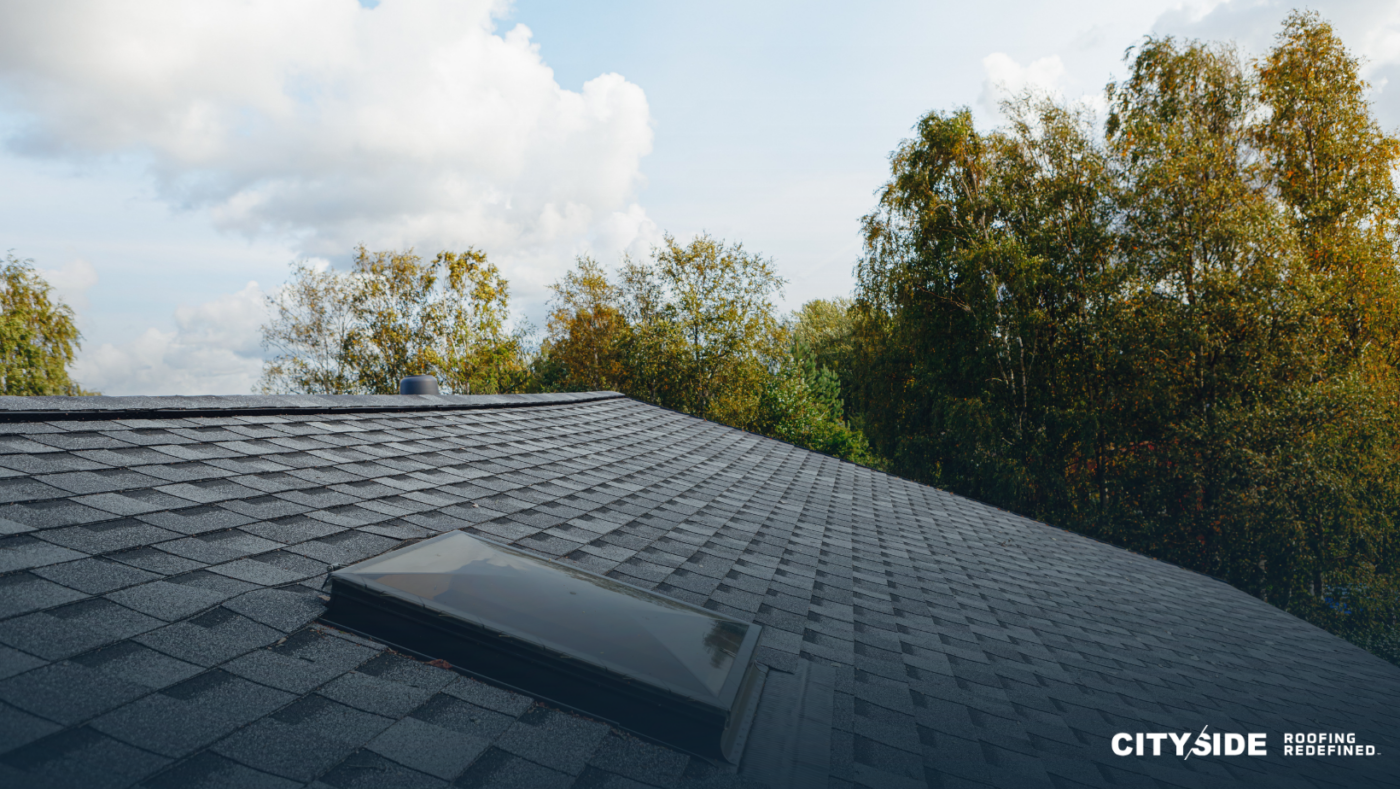
A roof inspection before and after hurricane season helps ensure that older roofs and new roofing systems remain safe.
Inspections focus on:
- Roof edges and flashing
- Loose or missing shingles or tiles
- Weak points in the roof structure
- Straps, fasteners, and uplift resistance
By identifying vulnerabilities early, Florida homeowners avoid costly damage during Florida storms.
Secondary Water Barriers and Roof Covering Protection
A secondary water barrier is an added layer under the roof covering. It prevents torrential rain from leaking through if the outer roofing material is damaged.
For maximum hurricane protection:
- Install a roof covering with high wind ratings.
- Add secondary water protection under the shingles or tiles.
- Use adhesive underlayment to withstand hurricane-prone weather.
This combination keeps your home dry and secure, even when flying debris strikes.
Insurance Companies, Premiums, and Florida Homeowners’ ROI
Insurance companies reward homeowners who invest in hurricane-resistant construction. Many insurance companies offer reduced insurance premiums if your roofing system meets Florida’s building codes for wind uplift.
For Florida homeowners, upgrading to a hurricane-resistant roof not only protects the property but also provides financial benefits.
Best Practices for Building or Upgrading to Hurricane-Proof Roofing
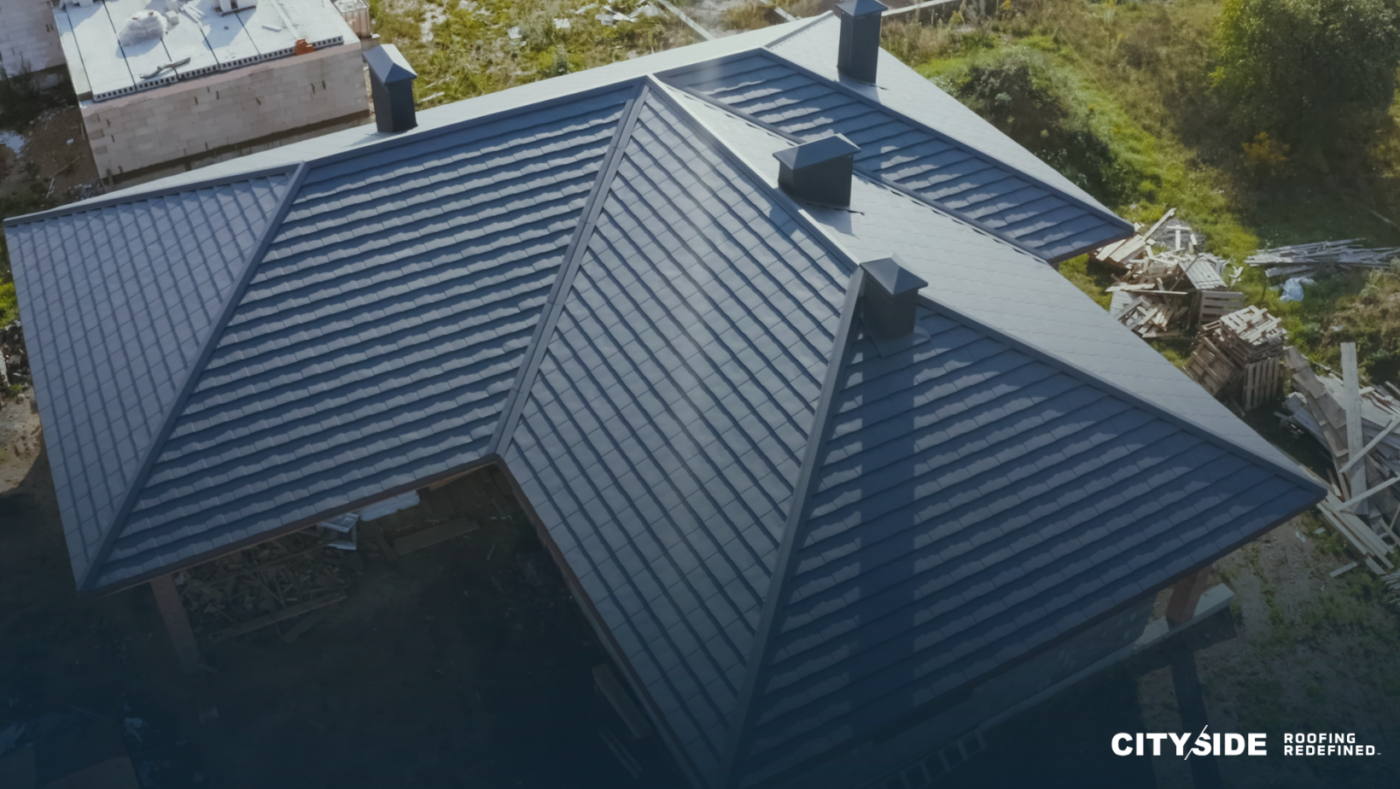
When building a new home or upgrading an older roof in Florida:
- Choose a roofing contractor familiar with hurricane zones.
- Follow all local building codes and Florida Product Approval requirements.
- Use hurricane straps and clips on every truss connection.
- Ensure that your roof deck and roof sheathing are securely fastened to the roof structure.
- Select best materials with high wind resistance ratings.
By following these best practices, you ensure that your roof can withstand hurricane-force winds.
Building Smarter Roofs for Florida’s Future
In hurricane-prone regions like Central Florida, the strength of a roof can make all the difference. Whether it’s shingles, tile, or a metal roof system, the essentials remain the same: compliance with Florida’s building codes, a reinforced roof deck, and secure connections using hurricane straps or clips.
For builders, the challenge is balancing speed, scale, and quality while meeting these high standards. This is where CitySide Roofing can provide real value. By combining technology-enabled scheduling with documented quality control inspections, CitySide helps builders deliver roofing systems that not only meet Florida Product Approval requirements but are also ready to withstand the toughest hurricane season. With a consistent, process-driven approach, CitySide supports both production and custom projects in achieving the durability and peace of mind that Florida homes demand.
Ready to choose the best roof for your Florida project? Submit a Bid Request or Schedule a Consultation with CitySide Roofing today.
FAQs
- What type of roof is best for hurricanes?
A hip roof with a metal roofing system is considered the best roof for hurricane resistance in Florida. - Do shingles withstand high winds?
Yes, modern shingles can withstand wind speeds up to 130 mph, but installation quality is key. - How do hurricane straps protect my home?
Hurricane straps and clips fasten the roof securely to the walls, preventing uplift during storms. - Will a secondary water barrier help during a hurricane?
Yes, it provides hurricane protection by preventing water intrusion if the roof covering fails. - Do insurance companies reduce premiums for hurricane-resistant roofs?
Yes, many insurance companies offer discounts for homes with hurricane-resistant construction.
